Agree that a remote reading electricity meter is an indispensable device in a modern home. In another way, it is called a "smart" electricity meter. It does not require constant monitoring of energy consumption and makes it possible to optimize spending.
A metering device with a remote data transmission system is suitable for those who do not want to waste time on withdrawing, transmission of readings and calculating the amount that will have to be paid for the light. After installing a smart meter, all consumption information is automatically transferred to the server of the service provider without the participation of the homeowner and those living with him.
The content of the article:
-
Electric meter device
- Purpose of the microcontroller of the metering device
- Electricity meter control system
- Data transmission system
- The principle of operation of "smart" electricity meters
- Functionality of remote electric meters
- Pluses of "smart" electric meters
- Disadvantages of remote meters
- How to install a remote electricity meter?
- Conclusions and useful video on the topic
Electric meter device
"Smart" electricity meters have a complex structure. It is due to the automation of devices and the possibility of their integration into modern intelligent systems.
A typical remote reading meter consists of:
- LCD display;
- current transformer;
- time timer;
- telemetry output;
- basic elements for control and management;
- supervisor;
- optical port (not present in all devices);
- power supply.
The LCD serves as an indicator for displaying the operating modes. A timer is needed to display the date and time. This function can also be performed by a microcontroller. Telemetry output is used to connect the meter to a computer.
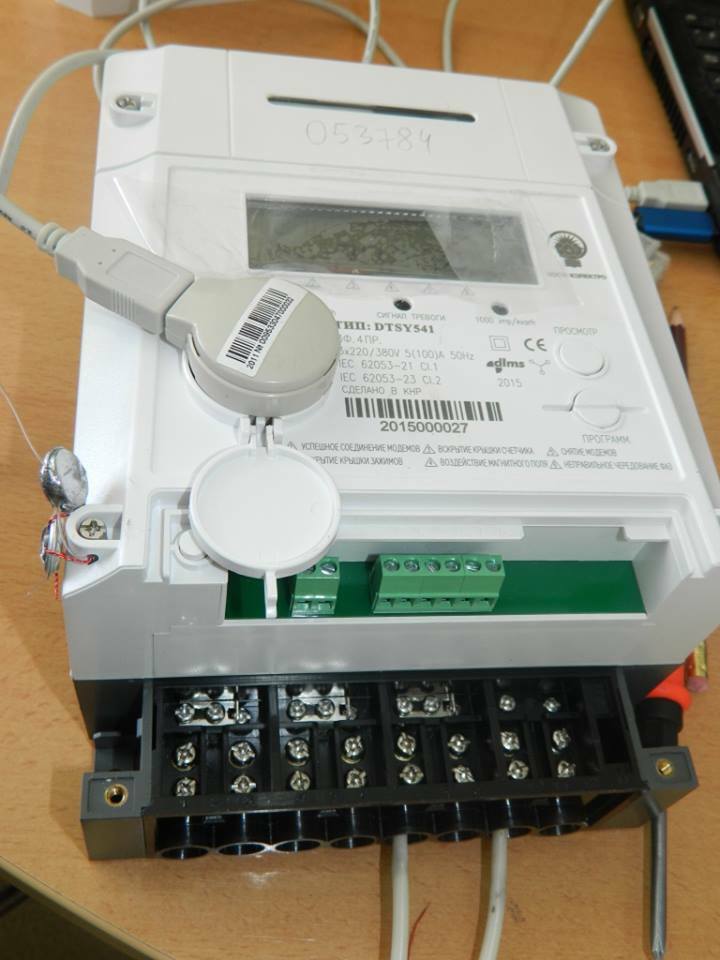
"Smart" electric meter can be connected to a personal computer, laptop, as well as to any device for remote data transmission
The supervisor generates a reset signal for the microcontroller, which occurs when the power is turned off or on.
The optical port is used to take readings directly from the electricity meter, and in some models it is required for data programming. The power supply ensures the normal operation of the system.
Purpose of the microcontroller of the metering device
The microcontroller is considered one of the most important parts of a smart meter. It converts the signal, processes data, displays information and controls all interfaces.
Also, the controller can be equipped with additional functions, which include:
- the ability to check the state of the electrical network;
- network power regulation;
- power outage.
The number and nature of the functions depends on the parameters of the installed software. Different microcontrollers differ from each other in technical parameters and supported functions.
Electricity meter control system
The smart meter control system is an automated accounting system. It collects data on all energy flows and analyzes the information received. Based on this, electricity consumption reports are generated.
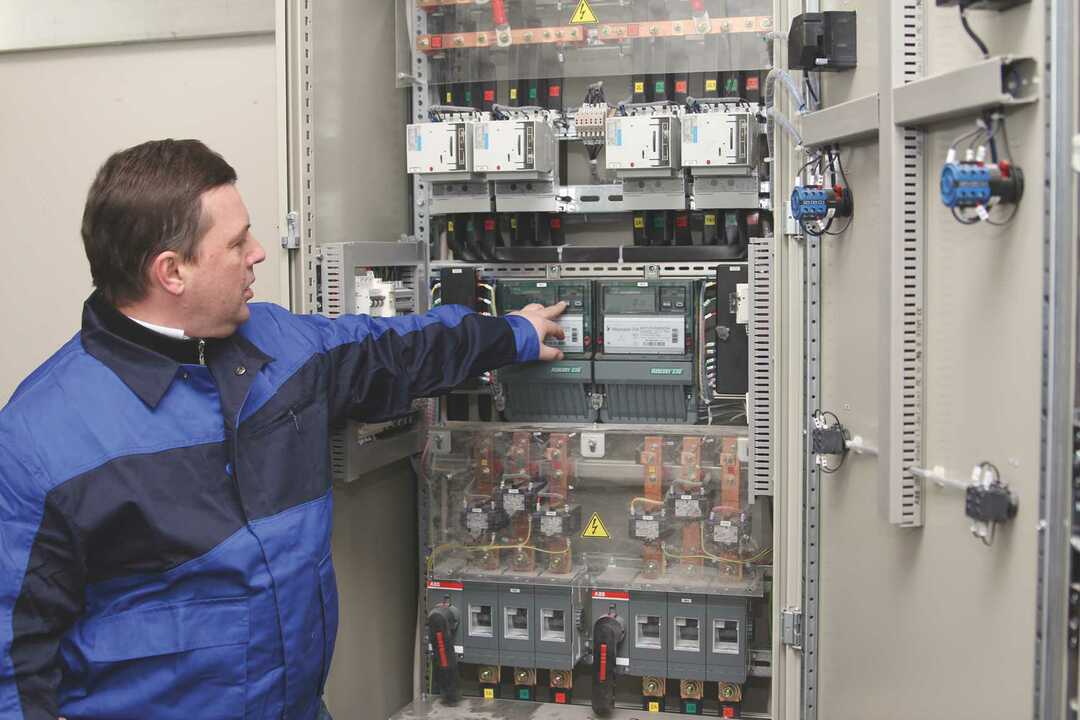
Initially, automated control systems were too expensive, and therefore were installed exclusively at large industrial facilities and manufacturing plants.
The system then predicts energy consumption in the near future. The specified information makes it possible to choose the desired tariff.
In addition, the control system processes payment information and makes payments for the light.
Data transmission system
"Smart" electric meters should transmit information in an automatic mode without failures and any delays. To do this, you need to take care of the installation of high-quality equipment and load all the data into special blocks. After that, a data transmission system must be created.
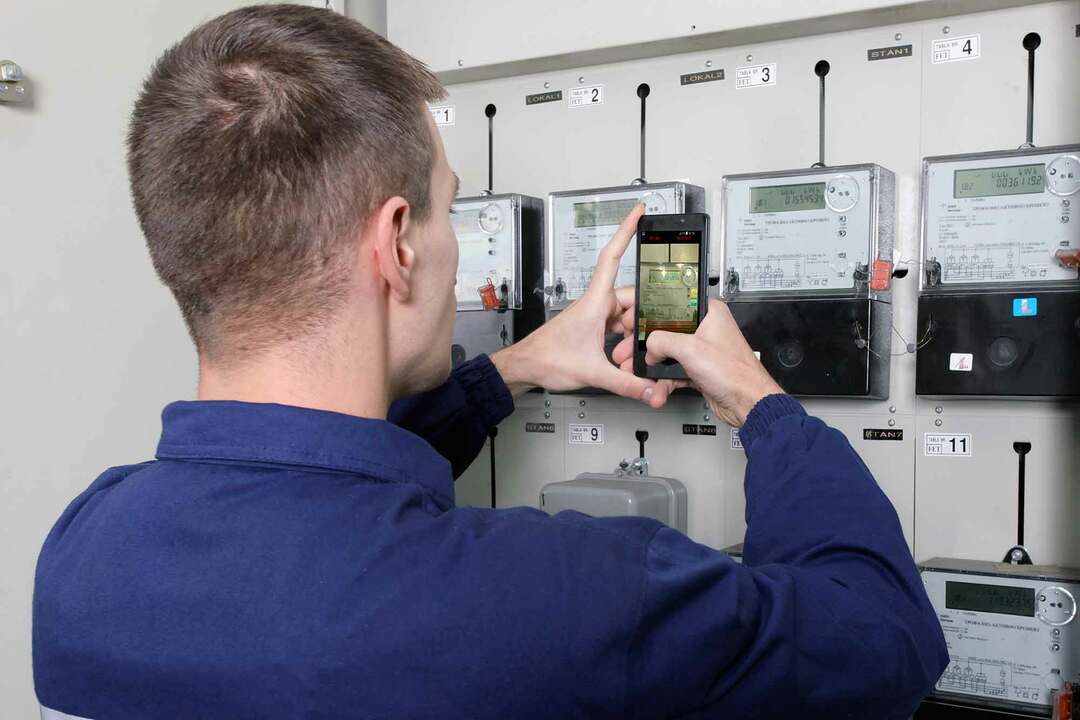
An automated data transmission system is an important part of a smart electric meter, which determines the convenience of using a meter
Then an information processing center is formed and completed with the necessary equipment. The new meters have a ready-made interface that allows them to connect to an automated data accounting system. This greatly simplifies the meter installation procedure.
The principle of operation of "smart" electricity meters
Simplified, all electric meters with remote transmission of readings work in the same way. They collect information, transmit it to the server, analyze and store it.
Uninterrupted data transfer is ensured thanks to technologies:
- wi-fi (at the expense of a router);
- LPWAN - through a tower that is connected to the server;
- GPRS - signal transmission is carried out using a SIM card.
After collecting information, the information is processed by the accounting module and transmitted to the server, where they are received by the controllers. All information is displayed in the subscriber's personal account.
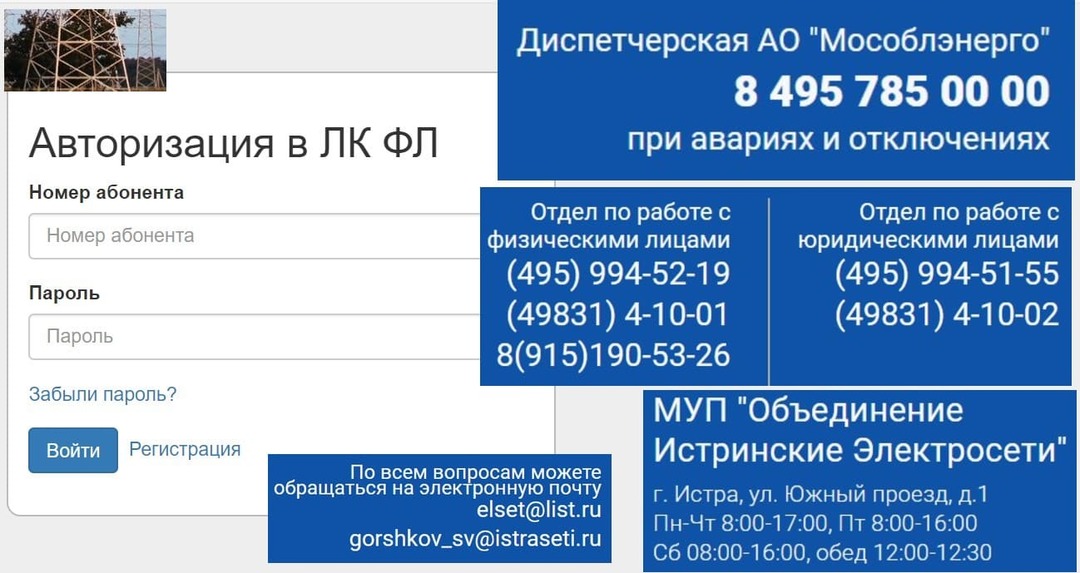
You can enter the personal account of an electrical subscriber from any device: tablet, smartphone or personal computer (only an Internet connection is required)
Then comes the stage of archiving and analyzing the information received. At the same time, the controllers are programmed for certain days of the week, and send data clearly on schedule. This ordering allows you to better monitor and analyze the energy consumption of a particular subscriber.
Functionality of remote electric meters
Instruments with the function of remote transmission of readings analyze the level of consumed electricity and adjust their work, increasing efficiency within the framework of the agreement signed with the energy company.
Such an electric meter is capable of performing several functions at once:
- remote connection and disconnection of subscribers to the power grid;
- support for several tariffs of work - at different times of the day, different tariffs may be applied depending on the load on the network;
- sending a signal to the management company and to the supplier that an electrician should be called (in case of diagnosing problems on the line);
- notification of the owner about the monthly and daily consumption;
- providing data on the characteristics of electrical energy - voltage level, deviations from the norm, etc.
In meters with remote data transmission, according to manufacturers, all information is stored, including network problems. The information will be stored in the system for 3.5 years. If, as a result of a sharp voltage drop, any electrical appliances break down, the subscriber will be able to confirm the cause of the malfunction in court and try to recover monetary compensation from the supplier electricity.
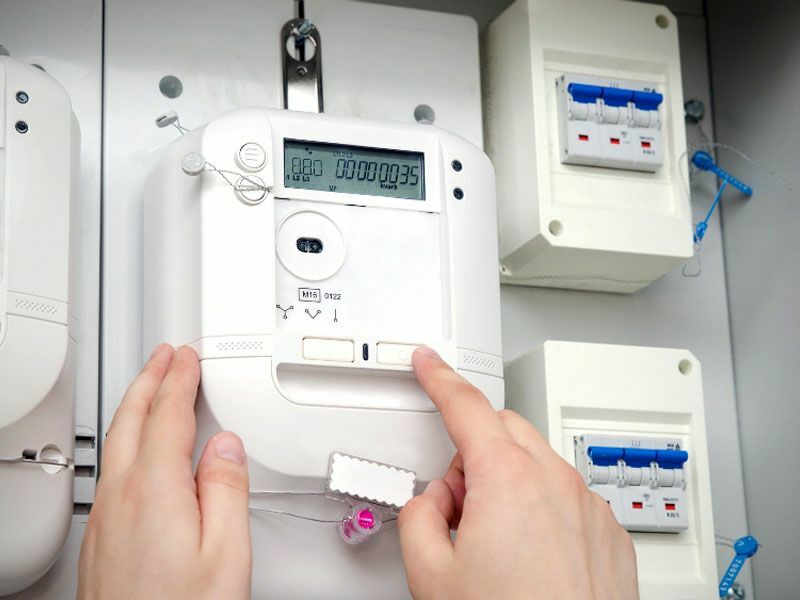
Smart meters store maximum data on electricity consumption and network parameters, to which both the subscriber and the energy company have access
Some models of "smart" meters have advanced functionality and can search for consumers who have illegally connected to the distribution network.
Pluses of "smart" electric meters
Electric meters with a built-in system for remote transmission of information have a lot of advantages. Due to their versatility and practicality, they are often used in automation systems smart House.
The advantages of these devices include:
- taking readings in any mode - daily, weekly and monthly;
- complete autonomy;
- high accuracy;
- efficiency in calculations, especially in the case of differential billing;
- the possibility of organizing a remote de-energization of an apartment or house from a computer or smartphone.
An electric meter with automatic reading allows you to resolve any disputes that may occur between the subscriber and the service provider (especially if the person irregularly submits indications).
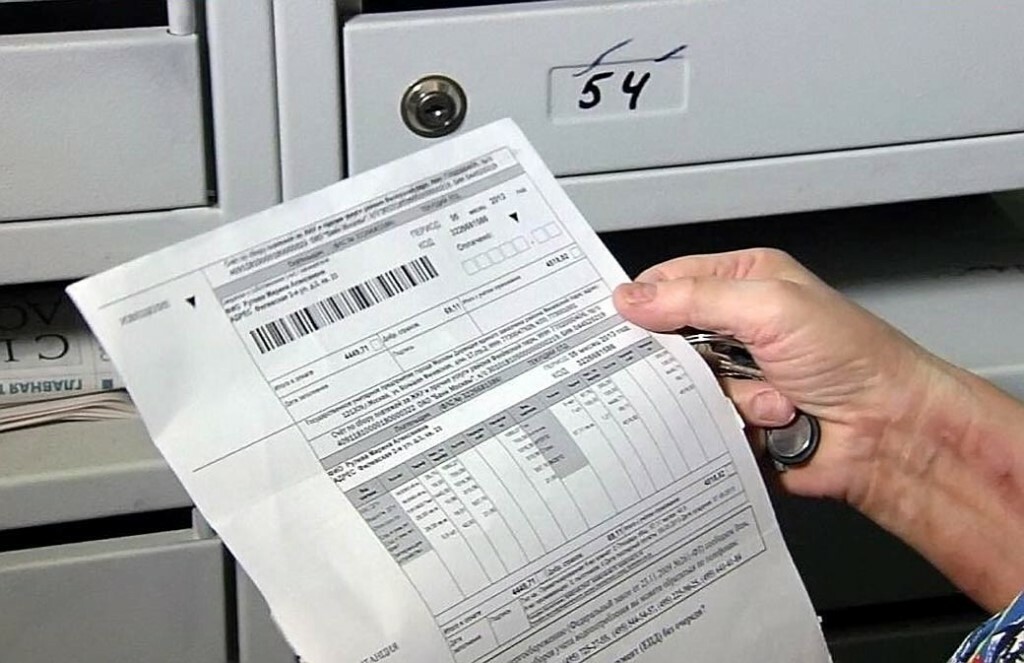
When using "smart" electric meters, you will have to check receipts more thoroughly in order to notice the error in a timely manner and report it to the supplier
Also, the controllability and autonomy of electricity meters will help to solve some of the problems of landlords. If only the owner of the apartment can operate the dashboard, then in case of a delay in payment or non-payment of money for rent, the owner will be able to immediately turn off the electricity. That will allow you to quickly escort tenants out of their homes (no one will agree to keep the defense in an apartment without electricity).
Disadvantages of remote meters
With all its advantages, "smart" meters have a number of disadvantages. They are more expensive than conventional metering devices and require more attention from the owner. On the market you can find fakes, the installation of which is illegal.
Due to the complexity of the design, they must be treated very carefully. If, in the event of repair or installation of any furniture near the unit, it is accidentally touched or even hit, it may break or start showing erroneous values (not always in favor of subscriber). At the same time, remote controlled meters are dependent on communication (Internet, radio module, etc.).
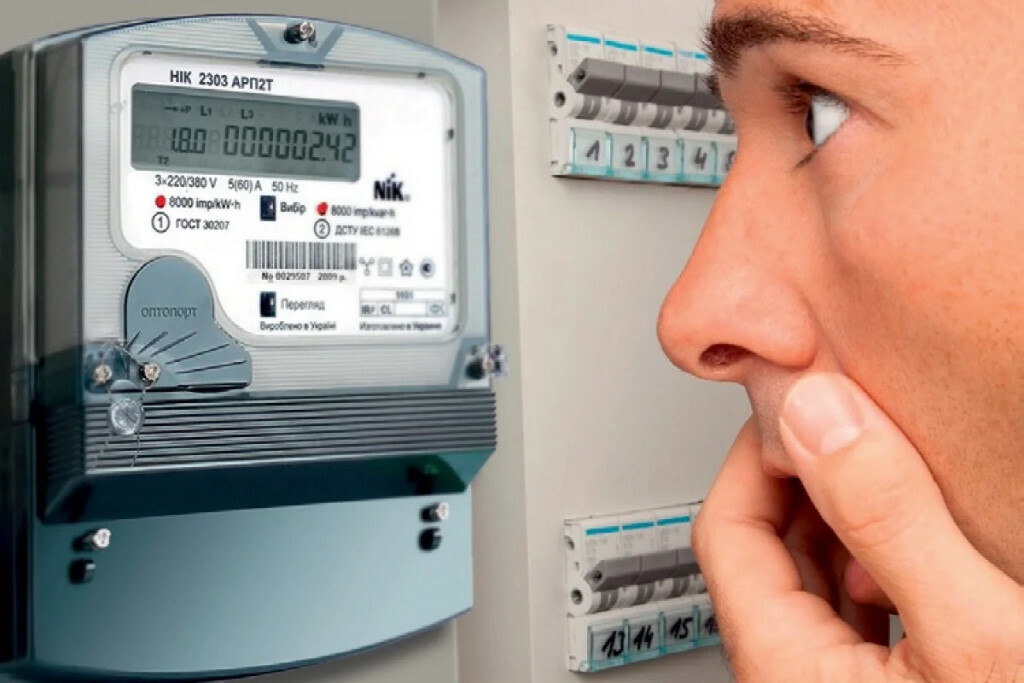
If you choose a too cheap electric meter with remote transmission of information, then there is a high risk of its breakdown even at the installation stage.
It will also be easier for the company to control the subscriber. If the homeowner makes several delays in paying for electricity, then the supplier will be able to turn off the debtor's access to electricity without visiting his apartment.
Before turning off, the electricity meter will emit a certain beep, notifying the homeowner of the debt. If a person is unable to deposit the specified amount, then the light will go out automatically.

"Smart" electric meters are modern devices that will allow electricity suppliers to optimize costs and quickly disconnect non-payers from the network
Another disadvantage of "smart" counters: their information is very easy to intercept. Because of this, scammers can see the time of least electricity consumption, hack accounts, and more. So you can calculate when there is no one in the apartment. And for this you do not need special devices, it is enough to have access to the Internet and know that a smart meter is used in a particular apartment.
Today manufacturers of metering devices are actively working on their protection, but so far the quality of data encryption remains at the same level. Because of this, almost any hacker, if desired, will be able to de-energize all apartments in the city that use smart electricity meters.
How to install a remote electricity meter?
From 1.07.2020, in all regions of the country, the construction of an intelligent system for accounting for the consumption of utilities began. Conventional induction electricity meters will gradually (after the expiration of their service life or in the event of a breakdown) change to new automated devices. This is regulated by Federal Law No.522-FZ.
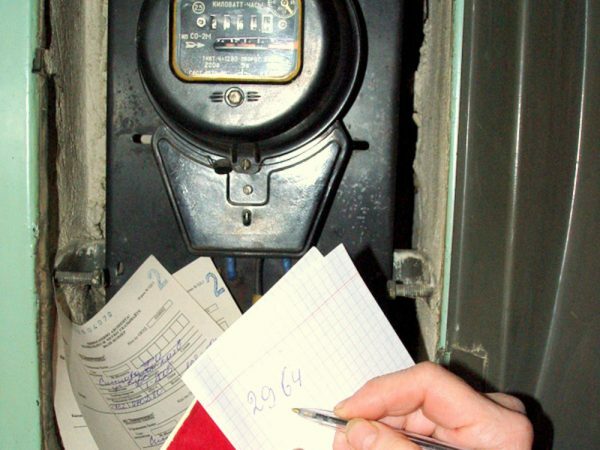
Old induction meters do not fit into the modern idea of intelligent systems, since their cannot be controlled remotely, and these metering devices can be easily stopped or rewound on them testimony
If the owner of the apartment decides to install an electric meter with remote transmission of information earlier, he needs to apply for installation and sealing of the metering device to an accredited organization that supplies electricity for a specific address.
Her contacts can be found in the payment receipt, at the information stand in the entrance or in the office of the Management Company (if it is located in the same building).
We reviewed the detailed procedure and rules for replacing the electric meter in the article: Replacing an electric meter in an apartment and in a private house: the specifics of the production of replacing a calculating device.

Since each electricity supplier serves one specific area, all important information about the company can be found on the Internet at the address of the house
After that, all installation conditions are transferred to the homeowner. The owner, focusing on this information, buys an electricity meter with remote reading and pays for its installation and dismantling of the old meter.
At the same time, you cannot dismantle and install the electricity meter yourself: this must be done by representatives of the supplier company. Upon completion of the installation work, the meter is sealed and included in a single intelligent network.
O the cost of replacing the electricity meter we covered in detail in the next article.
Conclusions and useful video on the topic
Counters with remote data transmission have come to replace conventional induction meters. Since the Federal law regulating their application has already entered into force, in the event of a breakdown of the old metering device, a "smart" electricity meter will be installed in an apartment or in a private house.
Learn more about their pros and cons in this video:
It is difficult to say exactly whether ordinary subscribers can benefit from the installation of smart electricity meters. Much depends on the quality of the device, its accuracy and the policy of the utilities in the event of failures and errors in data transmission.
It is not yet clear what the subscriber will do if the supplier incorrectly calculates too much electricity consumption: there is no specific procedure for this. But taking into account the realities of modern administration of housing and communal services, it is clear that it will be difficult to prove your case. You may have to go to court for this.
There are also many issues related to the security of the entire system and individual devices. Until the issue of high-quality data encryption has been worked out, "smart" meters will be vulnerable. Those. until the idea is thoroughly worked out, it is not worth installing a "smart" electric meter. The only exceptions are situations when the old induction meter has completely broken down and needs to be replaced.
Do you use an electric meter with remote reading? Share your experience with our readers - leave your comments below the article. Tell us about the pros and cons you've noticed while using your smart meter.


